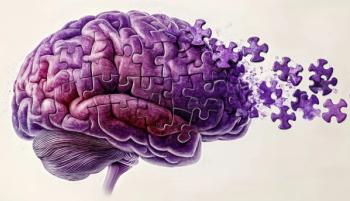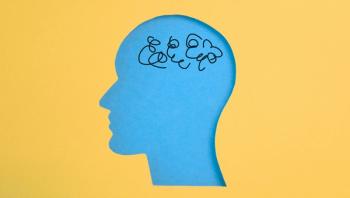
|Slideshows|January 22, 2020
8 Strategies for Managing BPSD
Author(s)Natalie Timoshin
Recommendations for the use of antipsychotics for the management of behavioral and psychological symptoms of dementia.
Advertisement
Newsletter
Receive trusted psychiatric news, expert analysis, and clinical insights — subscribe today to support your practice and your patients.
Advertisement
Latest CME
Advertisement
Advertisement

















